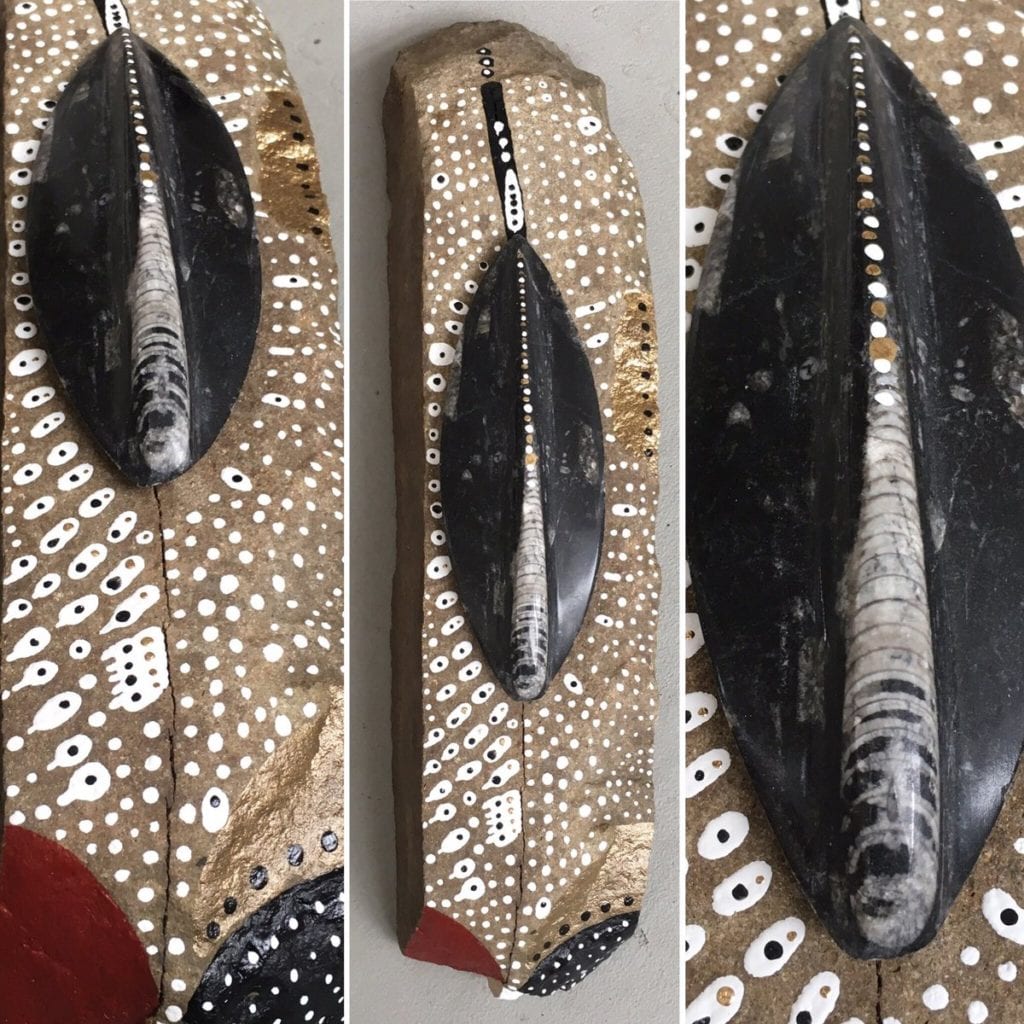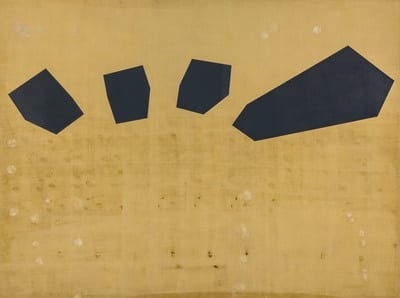The Trenton Downtown Association and the BSB Gallery have announced an Opening Reception on Saturday, February 22, for Collective Expeditions, an exiting, multi-faceted art exhibition presented by the International Society of Antiquaries (ISA), from 5:00 p.m. to 7:00 p.m. in the Gallery (143 East State Street). The show and the Reception are free and open to the public. Collective Expeditions runs from Thursday, February 20th through Saturday, March 14th; Thursday-Saturday, 11:00 a.m. to 5:00 p.m.
This is the second exhibition/installation by the council members of ISA: Olivia Baldwin, Kyle Cottier, Elisa Pritzker and Greg Slick, all very accomplished, very contmporary artists/sculptors/creators. This show will feature state-of-the-art painting, sculpture, and installation. The ISA is a learned and multidisciplinary society established in 2018. The council of artists have diverse practices. Their work, however, fits together in complex ways that speak to the importance of understanding our past – sometimes as far back as prehistory – in order to comprehend who we are as a species. The artists agree, “Individually and collectively our work references tribal, shamanic, ancestral, as well as contemporary art; esotericism; anthropology; and archaeology in various direct and indirect ways. Our goal, thus, is to look back in order to look forward”. Brief descriptions of each artists work from their program announcements follow.

Olivia Baldwin’s paintings elude clear trajectories; they embrace disruption and surprise. “I think of them as containers for thoughts, places, and conversations.” Color heightens the drama and the joy. The sculptural work arrives through the language of painting. She collects scraps, found wood, old paintings, and discarded objects. Density and chroma figure prominently as she builds her forms. The work presents a collision of impulses; they coalesce as they fall apart.
Kyle Cottier’s sculptural practice is rooted in the metaphysical study of underlying patterns and principles that give rise to the convalescence of the natural world. Utilization of reclaimed wood is fundamental to his practice – to bring new life and wholeness to discarded scrap. Within his work, the permanent cycle of growth and decay coexists with the presence of absence, informed by the essential human experience of processing loss. Through a union of terrestrial and architectural constructs, his work inhabits the territory where entropy and geometry in the universe converge. He navigates these dualities of chaos and order, and existentially, life and death, to kindle a deeper psychological awareness of the interconnectedness between nature and mankind.
Elisa Pritzker has been studying the Selknam for the last 14 years. The Selknam were one of the original people from Tierra del Fuego [The Land of Fire] in Patagonia. The Selknam suffered a brutal genocide but fortunately their people and culture are alive. Her art is inspired by her research about the spiritual richness, cosmology, body art painting and daily life of the Selknam; and is a visual homage to an old society whose values are so relevant today. Taking her cue from this ethnic people she utilizes whatever is provided by nature. “Considering that they had the most ancient way of living as hunter-gatherers, the Selknam were rich in rituals, had a remarkable set of principles, a profound sense of community, respect for family, reverence for nature, women’s shamanic power and were re-using everything on earth.”

Greg Slick’s work investigates the crossroads of art, archaeology, and anthropology, plus the influence of ancient cultures on contemporary art. Prehistoric structures, Informalism, the Earth Art movement, and the study of shamanism are some of the key influences on his practice. Slick’s paintings feature the graphic qualities of Neolithic and Iron Age archaeological sites within an abstract language. The color scheme alludes to rural fields in which dolmens, cairns, and standing stones are found. His stone sculptures reference petroglyphs, ritual figures, and early Irish beehive huts, while attempting to explore a connection between an authentic experience of the past and a museum-mediated one of the present. His works on paper combine antiquarian-style ink drawing and mixed media to question our understanding of deep history and how knowledge is created through narrative transformation. “I feel that in order to know where our culture of aesthetic objects is going, we must know from where it has come.”





